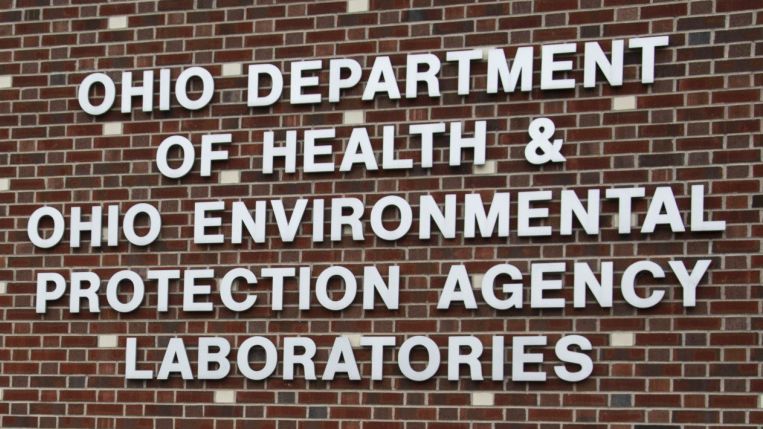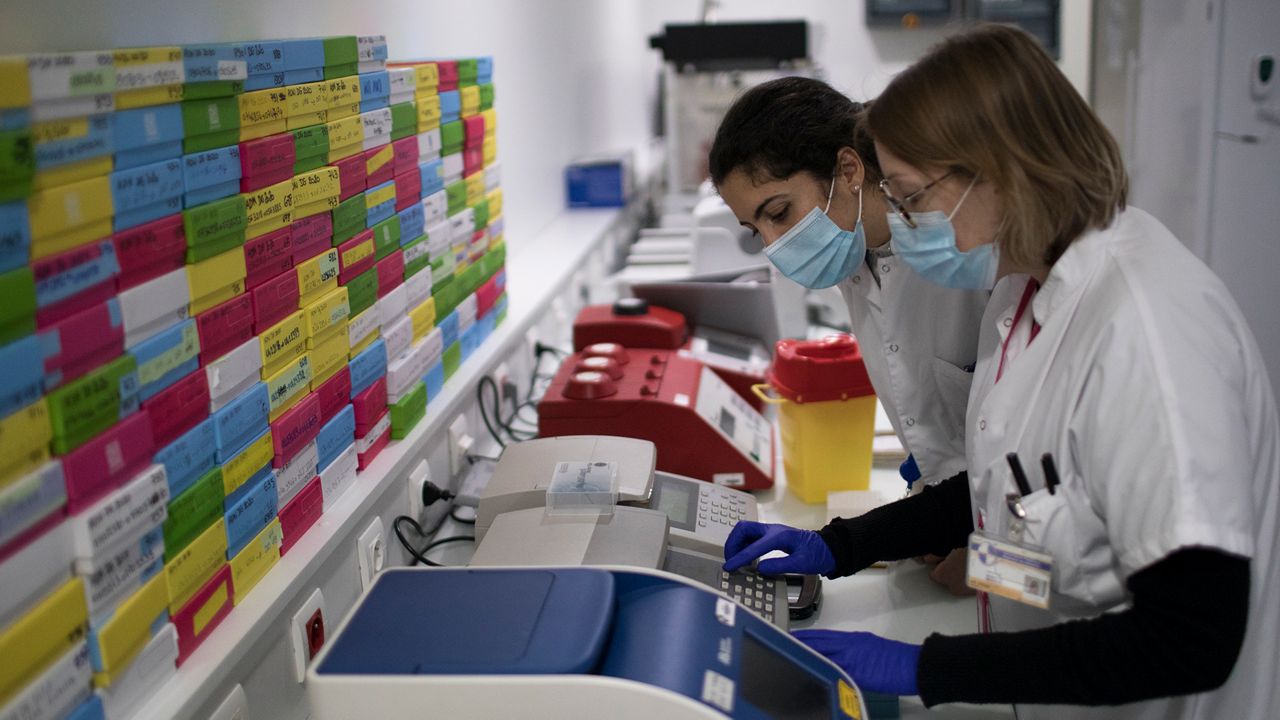COLUMBUS, Ohio — The Centers for Disease Control and Prevention reported the first Ohio case of the variant first detected in the U.K, according to a report Friday.
An Ohio case of the variant first detected in the U.K. has been uploaded to GISAID, a global database for tracking mutations in COVID-19. It shows the sample was collected on Jan. 6 from a female patient.
The CDC added Ohio, Kansas, and Missouri to the list of now 37 states where the agency is reporting at least one case of the variant.
The sample was submitted from the Ohio Department of Health Laboratory, according to GISAID. The listed “authors” in the submission include lab scientists, epidemiologists, and investigators who work for the health department, as well as the lab director, Tammy Bannerman.

This is the second lab to report detecting the variant in Ohio, but this is the first confirmed case and the first that has been uploaded to the global database.
The health department’s Chief Medical Officer Dr. Bruce Vanderhoff said in a statement released Saturday Ohio now has the first confirmation of a case of the variant first discovered in the U.K., which is called B.1.1.7.
“The Ohio Department of Health has received its first confirmation of the B.1.1.7 variant from a test in Ohio; however, other samples presumed to be the B.1.1.7 variant have been previously detected in Ohio and are awaiting confirmation from the CDC. We will continue to monitor for the presence of new variants throughout the state,” Vanderhoff said.
University Hospitals (UH) researchers in Cleveland said on Jan. 27 the lab has discovered "several of the emerging COVID-19 variants, including the U.K. variant" in northeast Ohio samples. UH has not released further details and state officials could not confirm the report.
Ohio lags behind many states in genetic sequencing of COVID-19. Of more than 93,000 sequenced COVID-19 samples uploaded to GISAID, just 734 were from Ohio.
In the U.S., 981 cases of the variant have been reported by the CDC. Florida (347 cases) and California (159 cases) together account for more than half of those samples.
Researchers typically look for mutations in the virus using nasopharyngeal swabs. Some labs randomly select samples for sequencing from COVID-19 patients. Other labs look at PCR test results for “S-gene dropouts,” which researchers said are good indicators that samples might be the variant first detected in the U.K.
Because some labs are looking for the U.K. variant, its rate of occurrence in U.S. data is not representative of how the variant is competing in the community. Beyond that, samples may be uploaded to GISAID weeks after they are detected, as was the case with the first Ohio sample. That means experts do not yet have a clear assessment of how prevalent the variant is in the U.S.
Sequencing research often involves using optical cameras and glass slides to analyze a mass number of reactions with computers capable of high-processing speeds.
The Ohio Department of Health used “MiSeq” technology from the San Diego-based company Illumina, Inc. to identify the variant.
Prior to the pandemic, sequencing technology, which emerged a decade ago and came from cancer and genetics, had never been used at this magnitude to track an infectious disease.
Since the mid-December detection of the more contagious variant in the U.K., U.S. labs have devoted more resources to efforts to track variants. Most of Ohio’s sequenced samples were uploaded in the last two weeks.
State officials said they have growing concerns regarding mutations, but Vanderhoff reiterated last week the state is confident vaccines will be effective against the variants.



